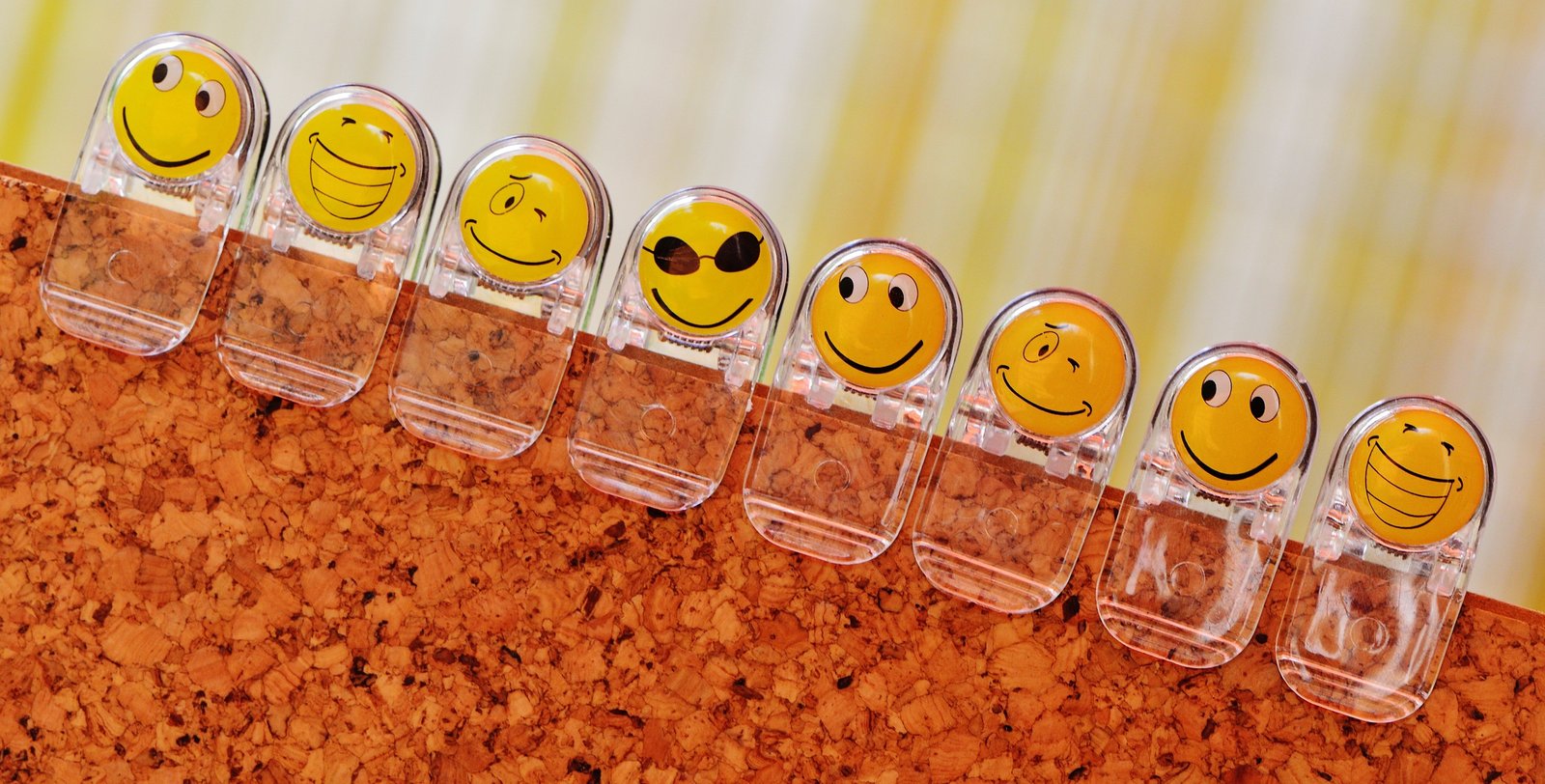This article originally published in MICE&More magazine (Feb 2018).
Emotions no doubt are key aspect of everybody’s life. Whether we are aware of it or not, emotions go off before our brains do, and they heavily influence our decision making in both personal and professional context. We can express emotions – and we can hide them. But even then gestures, face micro expressions, intonations, eye movement and heart rate turn us in. Now, thanks to technologies, we are on the way to sci-fi world of emotion analytics.
What is emotion analytics and how it can be applied to designing business events?

What is emotion analytics and how it can be applied to designing business events?
An event at its core is a mix of various emotions. Emotions define how the event is perceived in general and what specific impressions an attendee gets. Emotions influence level of loyalty for the event’s brand and thus, its reputation and success going forward. Therefore it is crucial for the organisers to be aware of what their participants feel and perhaps even try to outweigh negative emotions in real-time mode.
Today technologies can help measure emotions before, during and after the event. To learn what one actually feels, we’ve got the whole range of tools:
- technology developed by Beyond Verbal makes it possible to analyse emotions by vocal intonations. The technology is backed with years of research and 2.3 million vocal samples in 40 languages. In 2014 Beyond Verbal demonstrated how the technology works within a conference environment, and what benefits the organisers can get by measuring attendees’ emotions in real time. For instance, participants talked about their event experiences, and record analysis proved some patterns common for all the group, e.g. in the morning and at the end of the day people tended to have more positive mood, while mood lowered right before lunch.
- Realeyes have solutions to measure emotions people have while watching video content. They analyse face expressions using machine learning technics. Based on Paul Ekman research on 6 basic emotions Realeyes uses new technologies to go deeper and make AI recognise emotions the same way a human does. Besides, they use four extra metrics: attraction, retention, engagement and impact.
- to measure emotions Sensum employs AI, too. However, apart from biometrics (heart rate, voice, face expression, breath) its technology includes consideration for such factors as location, climate, time, survey results etc.
What’s in it for the event organisers?
- We can measure true feelings of event participants. What exactly did they feel when they saw a video about event or a speaker’s presentation? What drew their attention and what caused negative reaction? When did their mood get boosted or lowered and why? The answers would help make relevant adjustments when planning the next event, and in some cases – even in real time for the current event.
- Emotion measurements might somewhat replace surveys. Results of the latter can not be deemed fully credible due to influence of some cognitive biases. Moreover, surveys take much more time. Emotion measurements are faster and more accurate, and will get cheaper in the future.
- We can understand how to design positive event experience – and thus how to develop and maintain audience’s loyalty – much better.
- With data on emotions we get the opportunity to establish stronger and more meaningful emotional connection with participants, and build efficient relationship with and within the event community.
It looks to me as if we are living in the sci-fi times where our thoughts can be read. Emotions analytics allows us to measure level of attendee satisfaction, get gradations of their mood and use this knowledge to design productive and emotionally rich business events.



